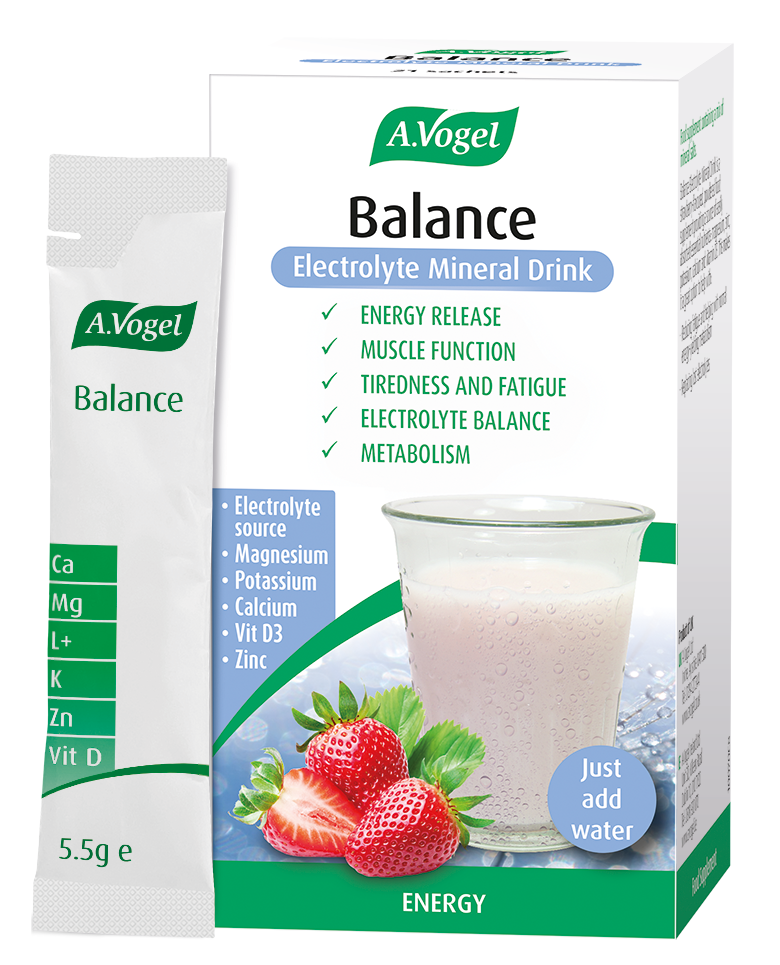How can I work comfortably at home?
2020 saw a massive rise in homeworking. This was, as we all know, necessitated by restrictions imposed due to the pandemic. The change was sudden and employers and employees were forced to adapt very quickly to their new situations.
A survey by the Institute for Employment Studies found that, in just the first two weeks of 'Lockdown' in March 2020, people new to homeworking experienced many newfound health problems.1
In fact, 58% of the 500 participants experienced newfound neck pain, whilst 55% developed back pain. 60% suffered from more fatigue and 48% noted working longer or more irregular hours. Given that the country has recently gone in to 'Lockdown 2.0' and more people continue to work from home, the situation is likely to be worse than when this survey was conducted way back at the start of the year.
To help you work from home more comfortably and ease the likelihood of developing health concerns, this blog offers some helpful tips:
- Move regularly
- Look at your set up
- Let in light
- Stay connected
- Create a comforting playlist
- Work on posture
- Snack right
- Keep tidy
1. Move regularly
In the Institute for Employment Studies' survey conducted in March 2020, 60% of participants said they were less active when working from home. This may give some explanation as to why more than half also experienced more aches and pains! Sitting more and moving less can contribute to stiffness, not to mention joint pain and muscle aches.
I know I run around less when working at home than when at the office, as it's not possible to go and speak to colleagues face to face. We've also lost our commute so, rather than rushing for a train or bus, we simply have to roll from the bed to the desk!
So, try to get your circulation going with some easy stretches, yoga, walking or whatever else you fancy trying! Try practising some of these at lunchtime or after work, to give yourself a break from the tasks at hand and allow your mind time to decompress.
A standing desk can also be quite a good way of getting you off your backside! Speak to your employer about getting this set up at home.
Not only will exercise and movement have a positive impact on all those aches and pains, but it's also very good for our mental wellbeing, energy levels and productivity!

2. Look at your set up
Sitting for too long is one lifestyle factor that can contribute to aching bodies; however, this can also be a symptom of a poorly set-up work station. So, if your home office is cobbled together or, indeed, you don't have a set area to work in, it is time to re-evaluate.
First of all, always avoid working from the sofa – there's no support here! Instead, create a 'work area' by setting yourself up at a table or desk.
Next, arrange your screen at eye level to avoid twisting or cranking your neck in odd directions.
You also want to give your back some support and cushioning. A hard kitchen chair is not going to do you any favours! Arrange to get your work chair sent home if you don't have something more supportive to hand.
On top of this, you can add a wrist rest to give this area some extra comfort.
Lastly, try a footrest. A small (sturdy) box can work well; just make sure your legs are sitting at right angles.

3. Let in light
Sunlight is very good for our mood, as it encourages the release of a hormone called serotonin. This can be quite uplifting and calming. Therefore, to improve your wellbeing at home, it's a really good idea to get yourself stationed next to a window, ideally an upstairs window, which is likely to let in more light.
If you want to go to even more effort to brighten the space up, lighten the walls with pastel-coloured paint, position a few mirrors around the room, and choose brighter bulbs for your lamps.

4. Stay connected
Work is a key opportunity to socialise and meet people, which makes working from home a fairly solitary experience. This means we may have to go to extra effort to stay connected.
Zoom, Teams and Slack are all great ways to schedule meetings online, but it is also very good for our wellbeing to see our colleagues face-to-face. Perhaps if you live close to someone, you could arrange a meet-up in the park or your garden.
If this isn't do-able, keep up regular check-ins with your team. Perhaps a weekly bulletin or telephone call would do the trick.

5. Create a comforting playlist
If you are missing the buzz or noise of the office, create a musical playlist to give yourself a little more motivation. Why not create a playlist for every mood – upbeat, chilled, energised?
Apps like Spotify are also full of ready-made musical fun. Take your pick from classical, pop, country and many more! Podcasts and radio shows can also be good company, just so long as you don't find them too distracting!

6. Work on posture
Another reason for growing aches and pains is poor posture. This itself can come about as a result of a dodgy work set-up. Perhaps your ironing board doubles up as your desk, or a few editions of the 'Guinness Book of World Records' is holding up your computer screen...
We've talked about rearranging your desk, and this will definitely have a positive effect on your posture, but it may also be beneficial to take more conscious steps towards changing your posture.
So, always ensure the small of your back is tucked into the corner of your chair – don't slouch! You can add a cushion or lumbar support here if need be. Your shoulders should be relaxed and tucked slightly back. The chin should be at a right angle.
A little bit of yoga is also quite a good way to ease out any kinks in the body and to help you think more consciously about the shape your body is taking.
My Self-Care Tip: Dealing with aches and pains when working from home
Watch my video below for advice on how to deal with aches and pains that may have developed since working from home.
7. Snack right
Whilst at home it is so easy to raid the kitchen for snacks or whip up huge sponge cakes for no reason other than it's something to do in your time off! However, it's all about getting balance to keep your weight steady and your production levels efficient!
Why not try keeping some nuts and seeds by your desk? Walnuts, in particular, are often called out for the benefits they can offer brain health! Snacks like bananas, oatcakes and fresh smoothies are also good at providing a steady release of energy, unlike the caramel wafer or chocolate digestive that provides just a quick hit!
It's also a really good idea to keep some fresh water nearby. Water is good for circulation, energy levels, mood and, well, just about everything really!
A.Vogel Balance Electrolyte Mineral Drink with Vitamin D3, Magnesium, Zinc, Potassium and Calcium.
£. (21 x 5.5g sachets) In Stock Get it tomorrow, 3rd July.
8. Keep tidy
Lastly, keep your mind clear by also maintaining a tidy workspace. Studies have shown that clutter can increase levels of the stress hormone cortisol and may increase procrastination too! So, these are things we definitely don't need on top of any existing work-related stress!2
Try to get rid of any clutter lying about and ensure there are no distractions, such as a television, sitting in your eye line. You could use plants to create an aesthetically pleasing outlook, plus these have been shown in research to have lots of mood-boosting, stress-relieving benefits for office workers!3
References
1 https://www.employment-studies.co.uk/resource/ies-working-home-wellbeing-survey
2 https://link.springer.com/article/10.1007/s12144-017-9682-9
3 https://journals.ashs.org/horttech/view/journals/horttech/30/1/article-p55.xml








